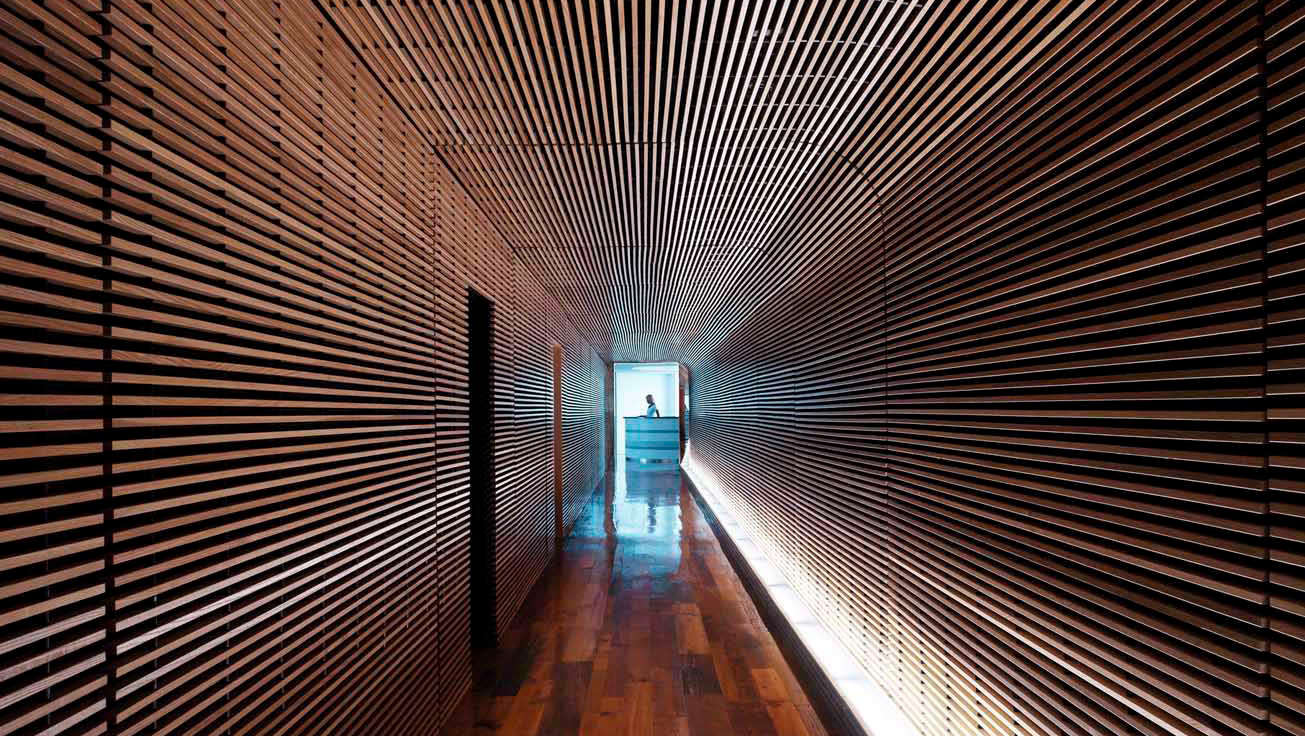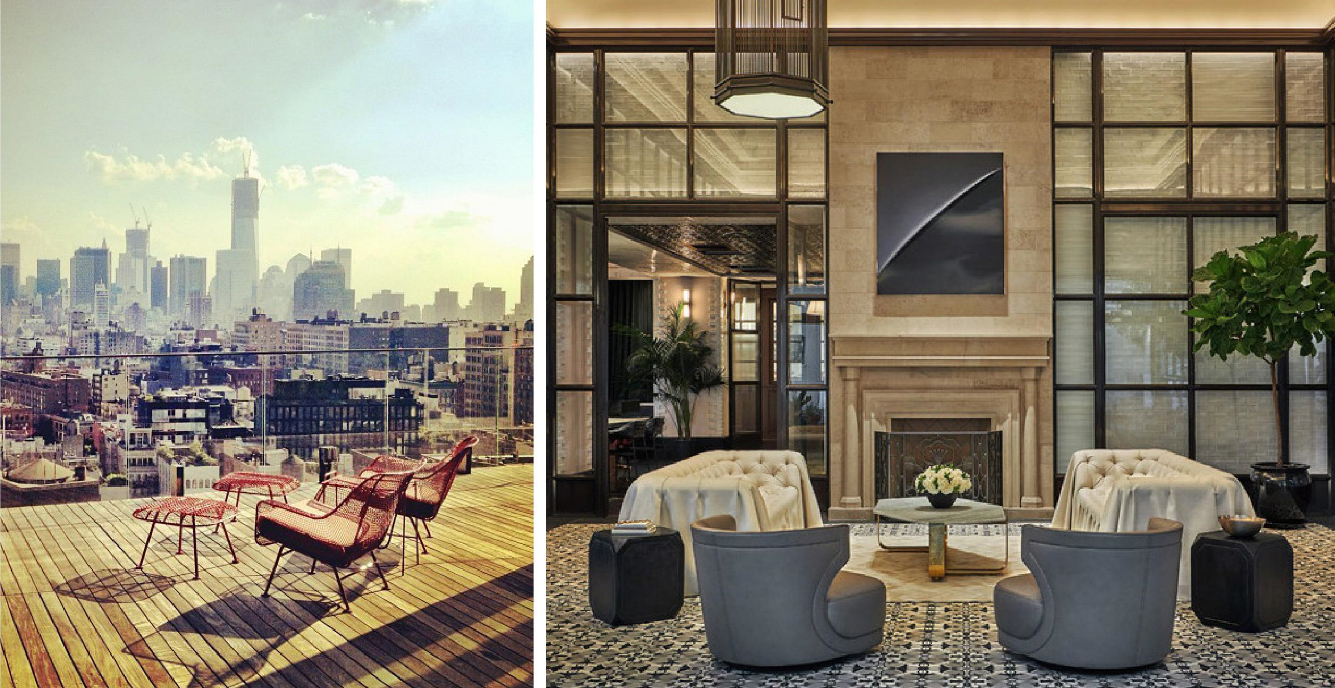Pioneering ‘New Luxury’ Hotel Brands and the Experiential Economy are Evolving Luxury Hotel Design, says New Research by WATG
By WATG
August 17, 2018
A type of ‘new luxury’ hotel is slowly maturing following a shift away from the traditional luxury segment, according to new research by global integrated design firm WATG. With the trend for consumers to spend their disposable income on collecting experiences rather than acquiring ‘things,’ pioneering luxury hotels have begun to successfully capture market share from traditional ones and moving further into the mainstream.
The blend of design, operating philosophies and market positioning that has enabled this shift has been thoroughly investigated by WATG in their white paper ‘New Luxury’ Hotels: A New Set of Priorities. Research by the firm’s global strategy team explores the full breadth of physical product, amenities, services, and facilities that have allowed these new hotel brands to thrive as the tourism industry continues to grow. Key findings are distilled into these core categories:
- Streamlining Facilities & Services: The ‘rebellious’ version of luxury that pioneering hotel brands adopt recognises that the ‘New Luxury’ hotel guest is value conscious, but not necessarily price sensitive. Hotels now target their offerings to match priorities and eschew the decadence of traditional luxury offerings, with properties featuring smaller standard rooms, minimalist designs and fewer in-room services such as Public in New York, which opened in 2017.
- Physical Product & Amenities: Brand standards are no longer dictated by uniform hotels with similar designs, but rather through a shared ethos across distinct properties unique to each destination. Experiential elements such as mixed-use lobbies and rooftop lounges are added in conversions of interesting, untapped urban spaces.
“The conversion of ‘quirky’ alternative-use buildings can bring an instant character to the hotel and narrative to the guest experience.” – Guy Cooke, WATG
- Community & Localisation: By allowing each property to manifest the hotel brand in its own way, new placemaking opportunities arise by expanding the experiences to visitors as well as guests. Food and beverage offerings, public spaces and sub-brands such as nightclub Le Bain at The Standard High Line in New York create an authentic and localised experience while augmenting ancillary revenues.
- Eco-Credentials: Environmentally conscious hotels are increasingly favored among travelers and brands have numerous opportunities to display their green efforts. Sustainable construction methods and materials, eco operating policies and engagement with the local community are all highly regarded by guests. Further efforts are often made such as sourcing food from nearby farms.
- Stakeholder Returns: Numerous operational efficiencies can be achieved through the new luxury model. Smaller rooms at more competitive prices help drive occupancy rates up, which combined with significant investment in lifestyle elements sees secondary revenues soar with up to 80% of F&B income from visitors.
The investigation by WATG’s strategy team shows that young and innovative luxury hotel brands have successfully developed their properties based on their guests’ changing sets of priorities. By eliminating superfluous details and refocusing on amenities, placemaking and lifestyle experiences, they have meticulously curated brands to capture the future ‘New Luxury’ hotel guests.
Latest Insights
Perspectives, trends, news.
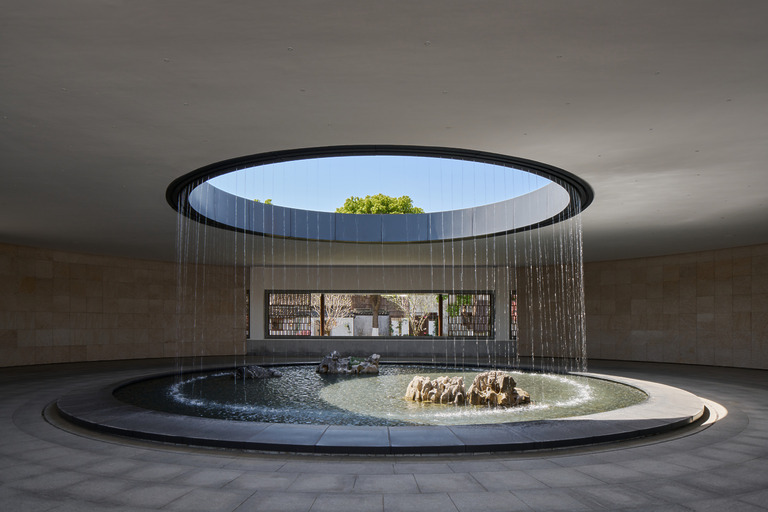
- Strategy & Research |
- Design Thinking & Innovation
Designing the Arrival Experience
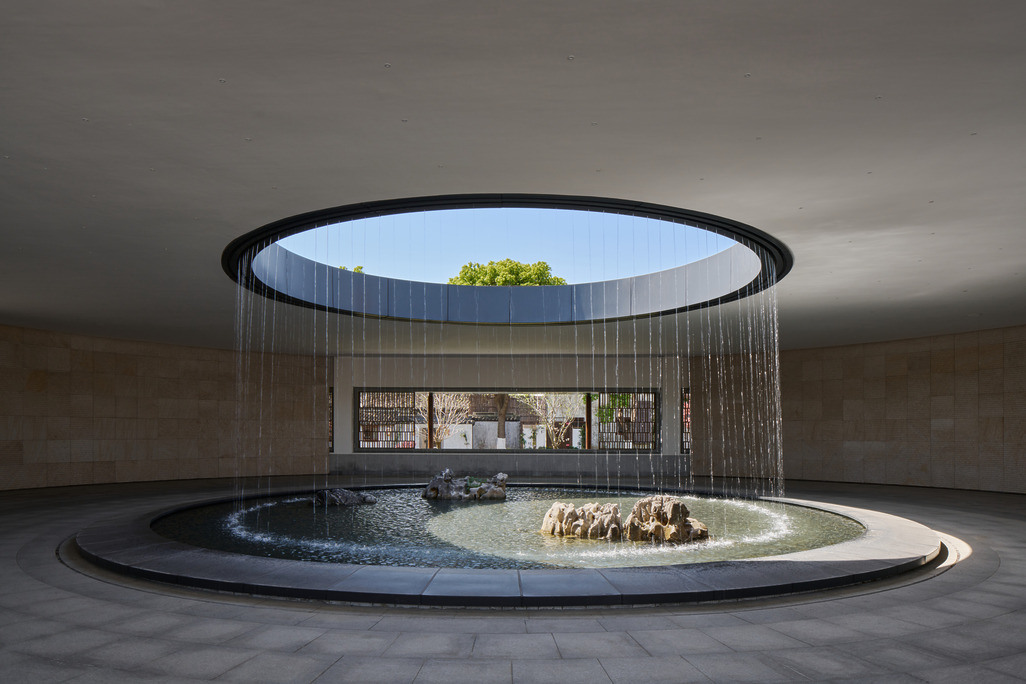
- Strategy & Research |
- Design Thinking & Innovation
Designing the Arrival Experience
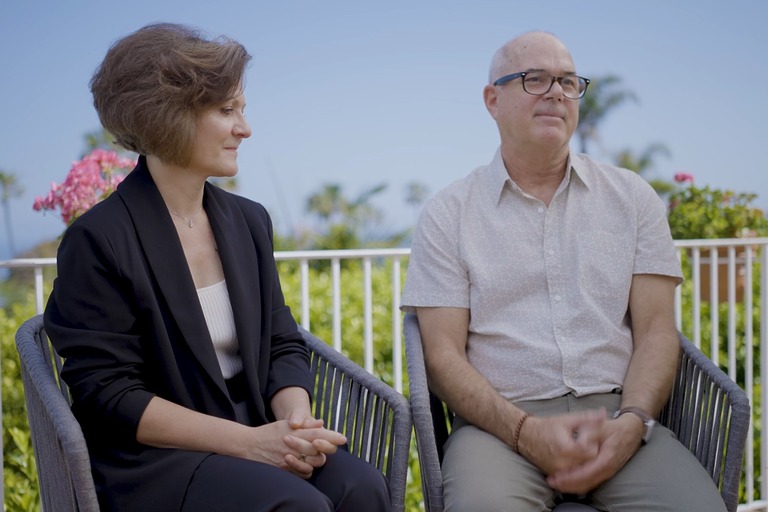
- Employee Feature |
- Inside WATG
Mentorship, Community, and Creativity: WATG’s Blueprint for the Next 80 Years
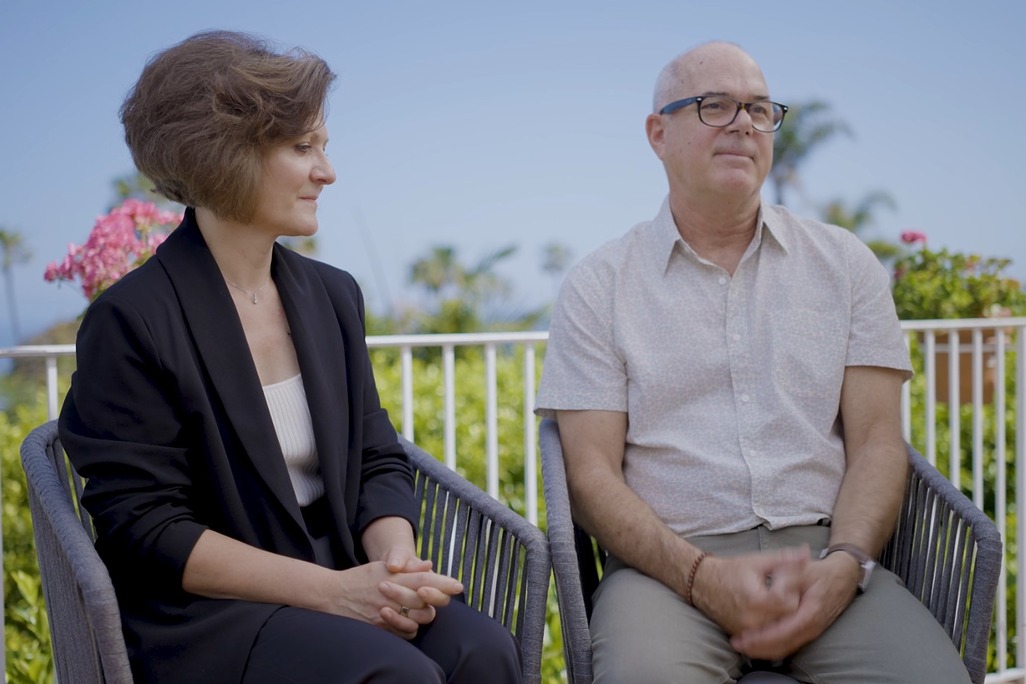
- Employee Feature |
- Inside WATG
Mentorship, Community, and Creativity: WATG’s Blueprint for the Next 80 Years
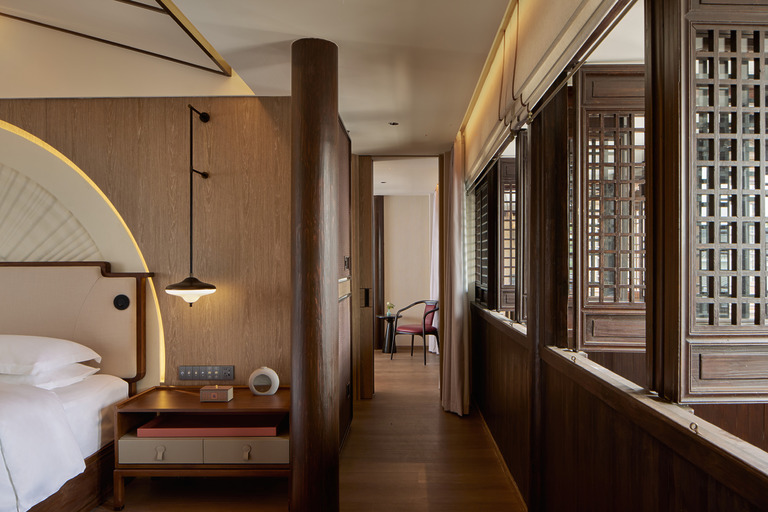
- Strategy & Research |
- Design Thinking & Innovation
Hotel Wuxi MGallery Collection: Part of a Story
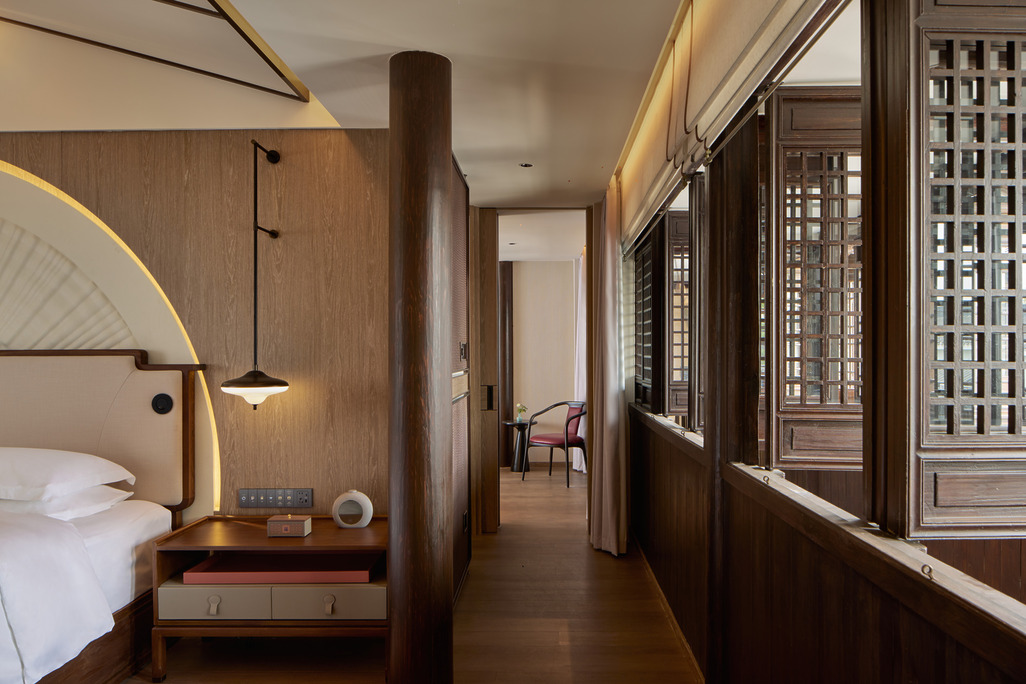
- Strategy & Research |
- Design Thinking & Innovation
Hotel Wuxi MGallery Collection: Part of a Story

- News
Behind The Scenes: ‘We Create Moments’

- News
